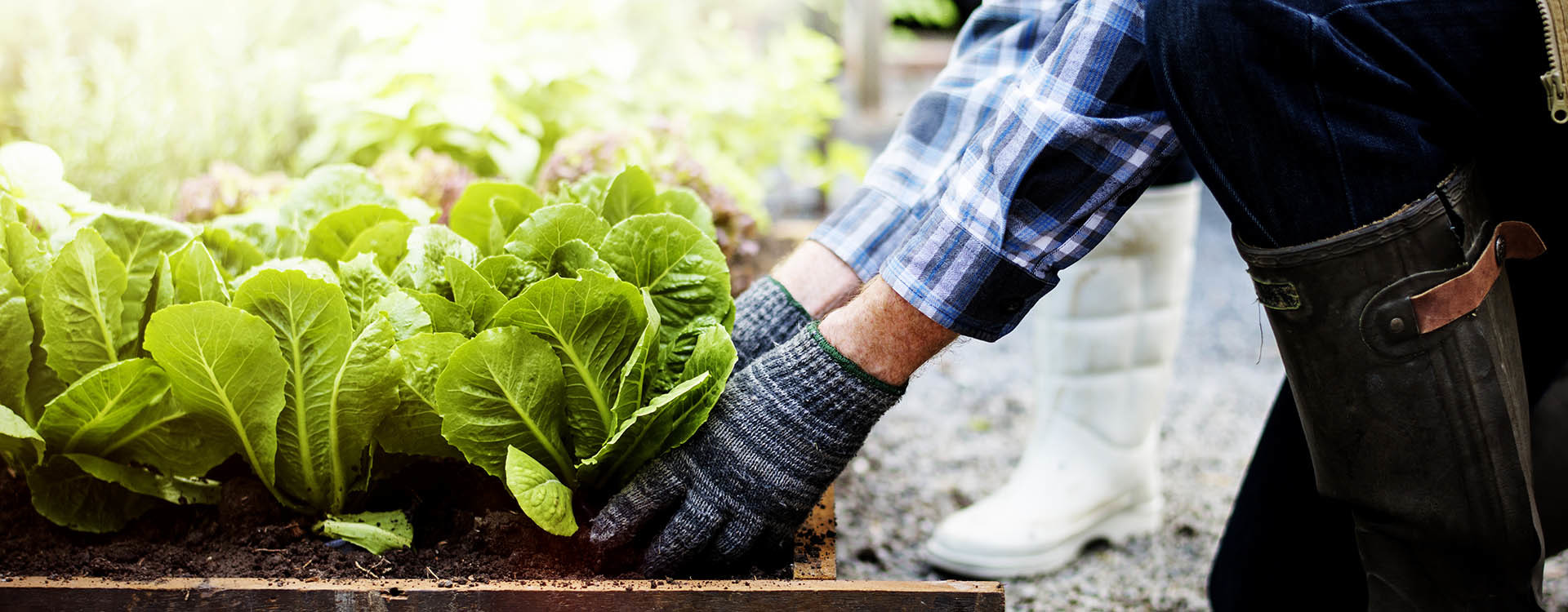Our City Blooming Statements
Our City Blooming Statements
Blog Article
Not known Details About City Blooming
Table of ContentsFacts About City Blooming RevealedThe smart Trick of City Blooming That Nobody is Talking AboutThe smart Trick of City Blooming That Nobody is Talking AboutThe Buzz on City BloomingEverything about City Blooming
Intrigued in growing food for sale in the City of Chicago? Thinking about starting a community garden? Modifications to the Chicago Zoning Regulation permit agricultural uses like neighborhood yards and urban farms in many components of the city. Below is a listing of frequently asked questions relating to the guidelines and regulations that cultivators should consider when planning an urban farming task.
The zoning amendment does not change any kind of various other codes taking care of composting, structure permits, buying or leasing City owned residential or commercial property, company licenses or ecological contamination. There are existing codes that manage these problems and they continue to be in complete impact and might be suitable to your task. Neighborhood yards are typically owned or handled by public entities, public companies or community-based organizations and maintained by volunteers.
Urban farms grow food that is intended to be sold, either on a not-for-profit or for-profit basis. Due to their business objective, urban farms need a business certificate.
The Facts About City Blooming Uncovered
Composting is permitted yet just for plant material that is generated and used on website. The quantity of compost product can not surpass 25 cubic lawns at any offered time according to the criteria in 7-28-715 of the City's Municipal Code. Yes. Since the dirt at the majority of brand-new garden websites needs amending, compost, dirt, wood chips, or various other materials can be gotten to build or enhance the expanding area - balcony and patio garden design.

If a structure permit is called for then the hoophouse will certainly be thought about an accessory building. You can locate out more concerning the building permit needs by speaking to the Department of Structures. The 25,000-square-foot size restriction is intended to stop a single area garden from controling a given block or interfering with the block's existing domestic or industrial personality.
The limitation does not relate to yards found in Public Open Area (POS) districts. Can there be more than one neighborhood yard that is 25,000 square feet on a single block? Yes. The dimension restriction puts on specific yards, not to private blocks. No. Fencing is not needed, nonetheless, gardens that have huge parking lot may be needed to mount fencing or various other landscape design features.
The Basic Principles Of City Blooming
B1 & B2 districts require that all industrial usage tasks be carried out indoors. Is fencing needed for metropolitan farms? Fences may be called for, along with landscaping and testing, for specific parking locations and outside work or storage space areas depending on area and view the certain activity taking area.
Yes. Urban ranches call for structure authorizations and zoning authorizations before building. Various other forms of city testimonial may be called for relying on details frameworks, tasks, dimension, landscaping, licensing, public health and stormwater management problems. Numerous of these requirements are identified in the project layout or permitting process, nonetheless, the candidate may be liable to separately identify specific licenses or allows that may be required.
Yes. The type of permit is identified by what is taking place at the site. The Division of Business Matters and Customer Security can aid figure out the specific type of organization permit that's called for. Yes. Off street car parking is needed for most commercial tasks in Chicago. The called for number of garage is based upon the variety of employees servicing site and not the square video footage of the expanding room.
Not known Details About City Blooming

Yes. An urban farm can offer garden compost product created on website, however, the operation needs to adhere to the policies in 7-28-715 of the Chicago Municipal Code. Yes. Aquaponic systems are permitted inside on urban ranches in several zoning districts. Nonetheless, a zoning testimonial and building license is required in order to set up structures or systems and a company permit is called for as defined over.
Up to five hives or colonies of honey might be maintained as an accessory use. Beekeepers need to register with the Illinois Department of Farming. For more details regarding the suggested zoning change you may speak to the Department of Real Estate and Economic Development, Bureau of Planning and Zoning at 312.744.8563.
Farming in cities and urban areas A metropolitan farm in Chicago. Urban agriculture describes different techniques of growing. https://www.gaiaonline.com/profiles/cityblooming/46731693/, handling, and dispersing food in city locations. The term additionally relates to the location tasks of animal husbandry, aquaculture, beekeeping, and cultivation in an urban context. Urban agriculture is distinguished from peri-urban agriculture, which takes place in country areas at the edge of suburban areas.
What Does City Blooming Do?
, that seek to create social networks started on a common ethos of nature and community holism. These networks can create by means of formal institutional assistance, coming to be integrated into neighborhood town planning as a "shift community" movement for sustainable city advancement.
In either case, the a lot more direct accessibility to fresh vegetable, fruit, and meat products that may be understood via urban farming can boost food security and food security while reducing food miles, resulting in reduced greenhouse gas exhausts, consequently adding to climate modification reduction. Some of the first evidence of urban agriculture originates from Mesopotamia.
Report this page